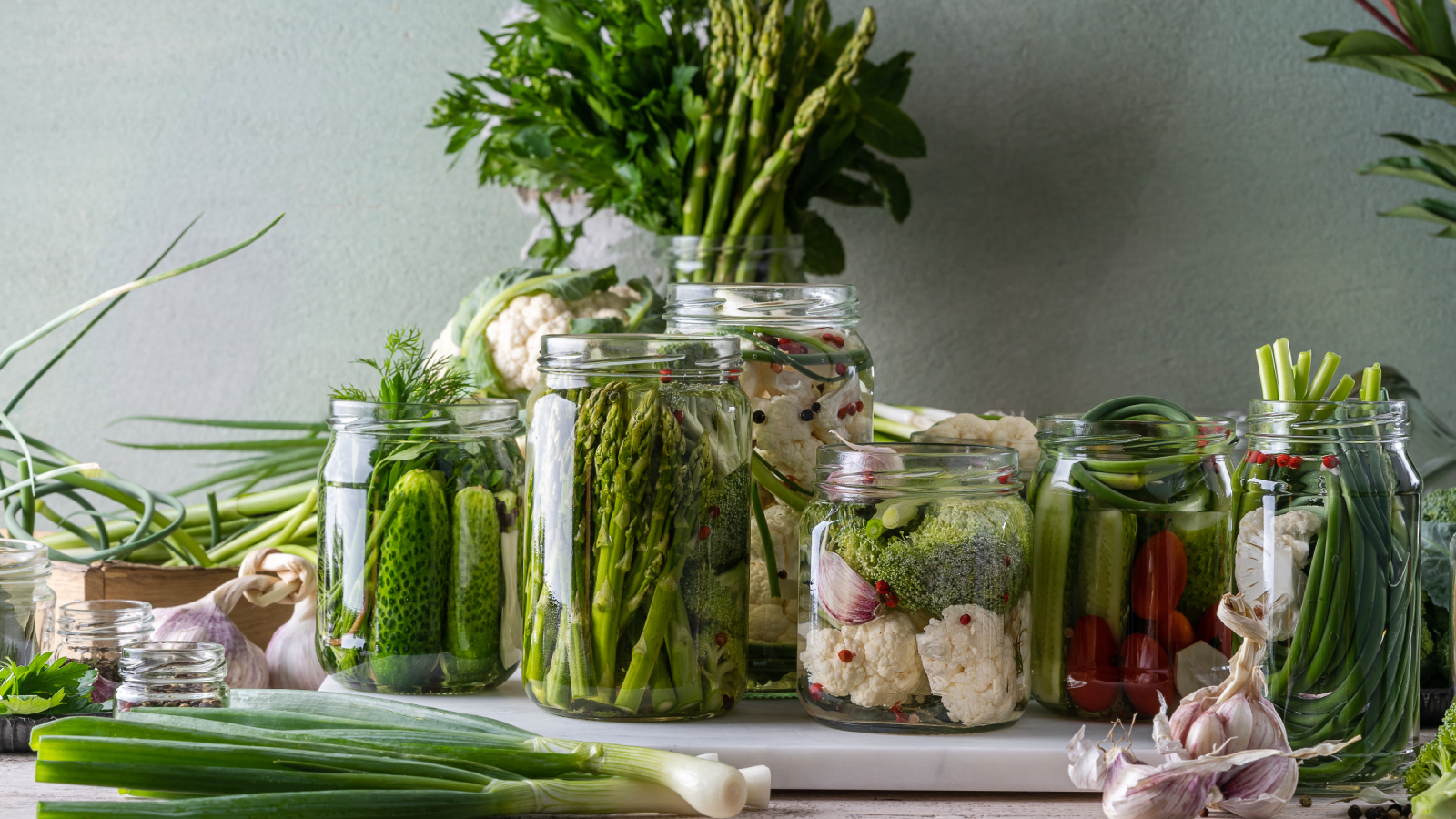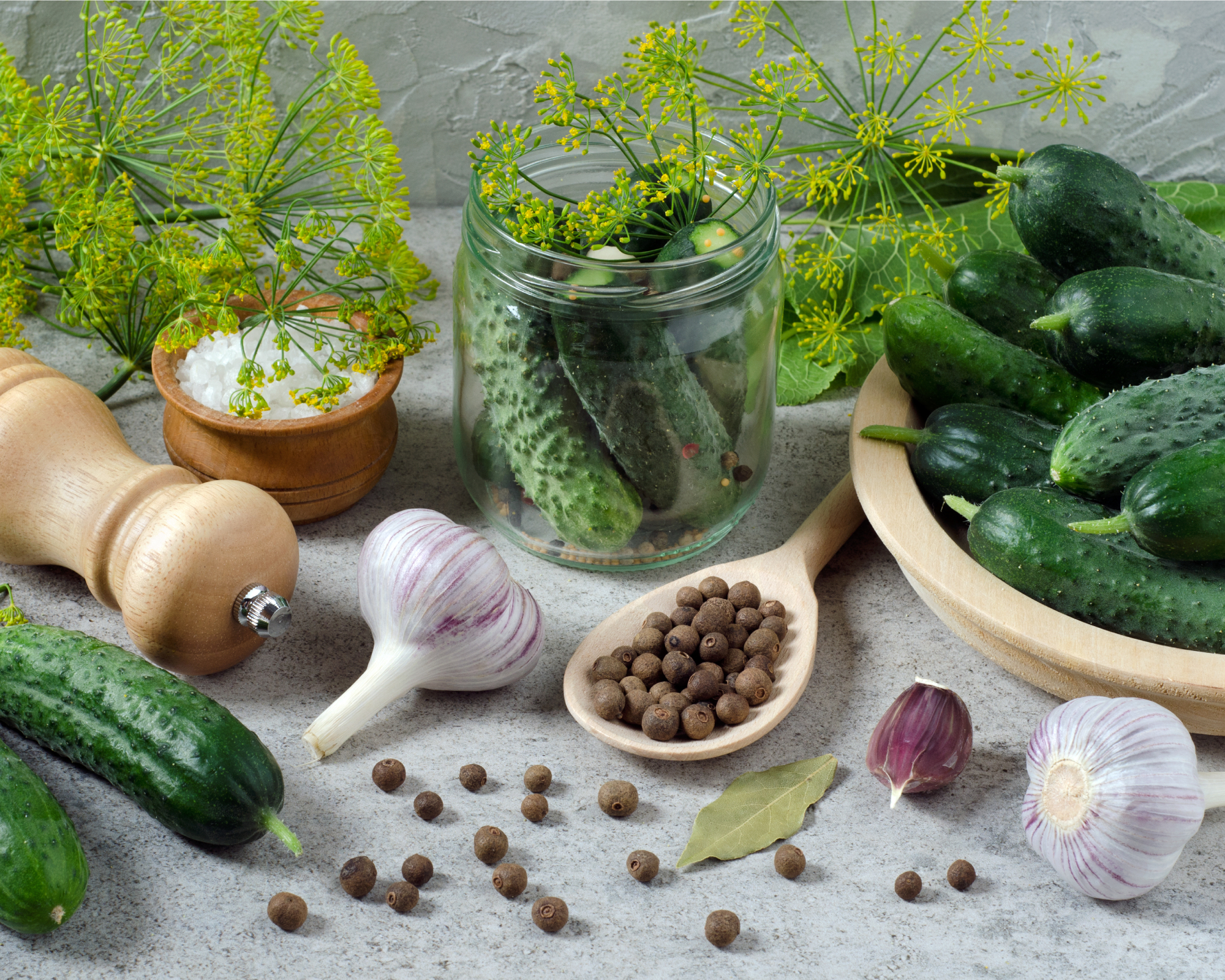How To Preserve Vegetables From Your Garden To Enjoy All Winter Long
Learn how to preserve vegetables from your garden to keep enjoying the taste of summer all year long. Follow these tips to savor the flavor of your garden.


If your garden has produced a generous harvest, learning how to preserve vegetables extends the bounty so you can continue to enjoy the rewards of your labor throughout the winter. After harvesting vegetables, the next task is preserving and storing them. There are many methods of preserving vegetables– some easy and some a bit more involved. Read on to learn the basics of a few of the most popular ways of preserving vegetable crops.
How to Preserve Vegetables
Here are the most common methods for preserving vegetable crops:
1. Freezing
Freezing is one of the easiest ways to preserve vegetables for winter. Almost all vegetables are suitable, with the exception of cabbage and potatoes, which tend to become limp and waterlogged.
Most vegetables need to be blanched first, which involves boiling them for a set amount of time–usually one to three minutes. Blanching stops the development of enzymes, thus preserving color, flavor, and nutrition.
Once blanched, dunk vegetables into ice water to cool them quickly and then packed for freezing. As a general rule, vegetables are packed in plastic containers or freezer bags.
2. Canning
Canning is one of the more involved methods of preserving vegetables, but the process is fairly straightforward if you take your time and follow directions carefully. Canning must be done properly, as some foods may develop harmful bacteria if they aren’t processed correctly.
A boiling water bath is suitable for most fruits and some vegetables, but low-acid vegetables such as squash, peas, beans, carrots, and corn must be canned in a pressure canner.
Sign up for the Gardening Know How newsletter today and receive a free copy of our e-book "How to Grow Delicious Tomatoes".
3. Drying
There are several ways of drying vegetables and they are easily rehydrated for use in soups and casseroles. An electric food dryer is the easiest method, but you can also dry vegetables in the oven or even in bright sunlight. Some, such as peppers, can be hung on a string and allowed to dry in a cool, well-ventilated room.
4. Pickling
Cucumbers are the most familiar choice for pickling, but you can also pickle a variety of vegetables, including:

Firmer foods, such as beets and carrots, may need a short blanching period to make them tender. Pickling involves arranging the vegetables in a glass canning jar with your choice of pickling spices and herbs such as:
A brine consisting of vinegar, salt, pepper (or sugar for a sweet brine) is boiled and poured over the vegetables. Once the brine cools, the jars are securely sealed.
Note: Some pickled vegetables will last in the refrigerator for up to a month, but others must be canned if you don’t plan to use them fairly soon.
How to Store Vegetables
Some vegetables can be safely stored in a cool, clean location for as long as 12 months. Vegetables suitable for storing include winter squash, potatoes, and dry onions.
Some root crops, like beets and carrots, are suitable for storing in a container filled with moist sand. In cool climates, root crops can be left in the ground through the winter months. Cover them with a 12 to 18 inch (31-46 cm.) layer of mulch such as leaves or straw.

A Credentialed Garden Writer, Mary H. Dyer was with Gardening Know How in the very beginning, publishing articles as early as 2007.